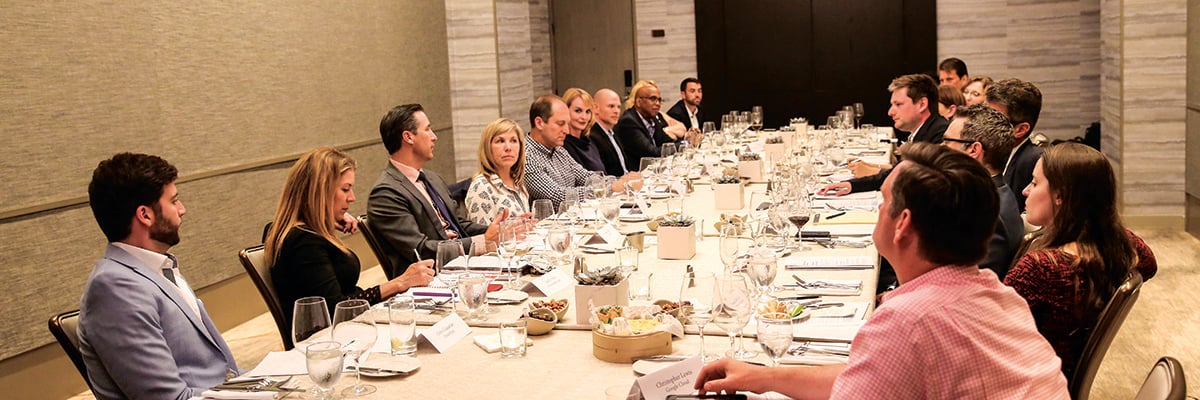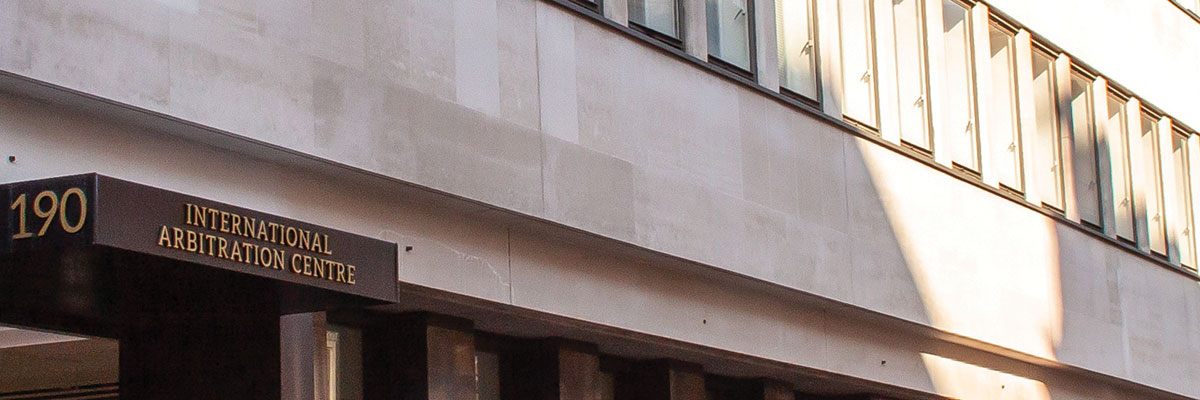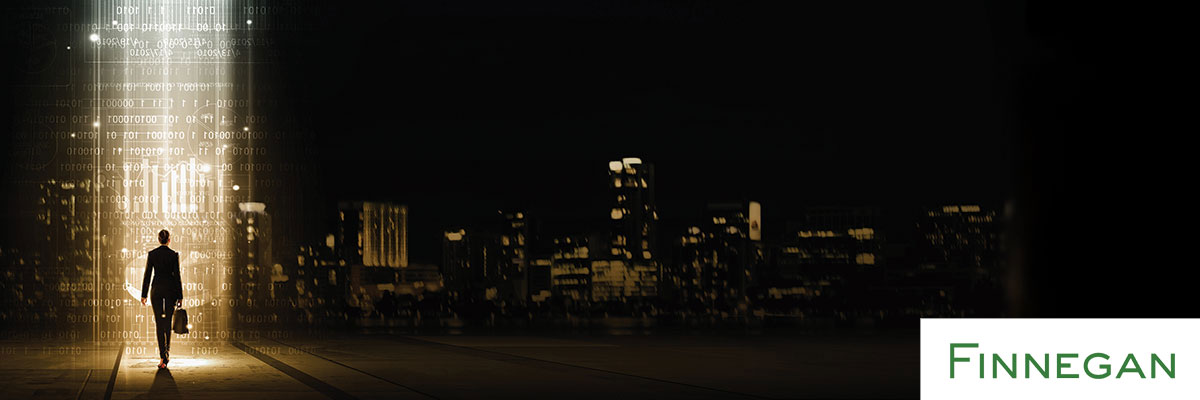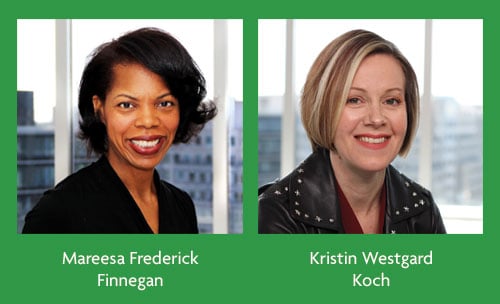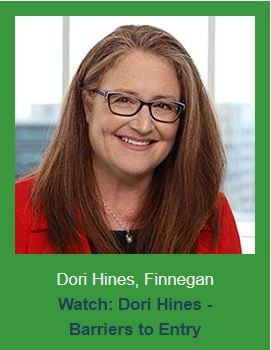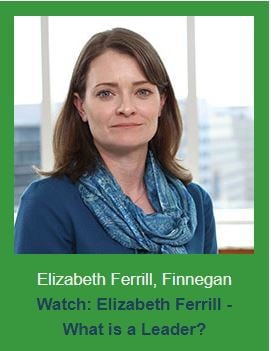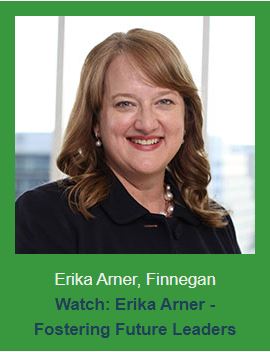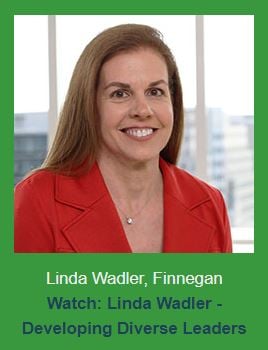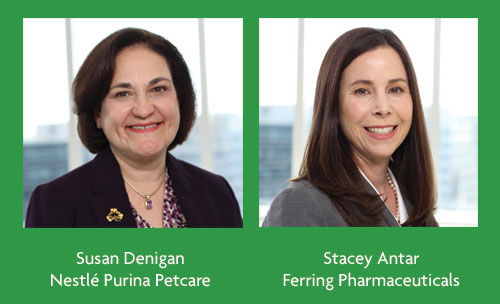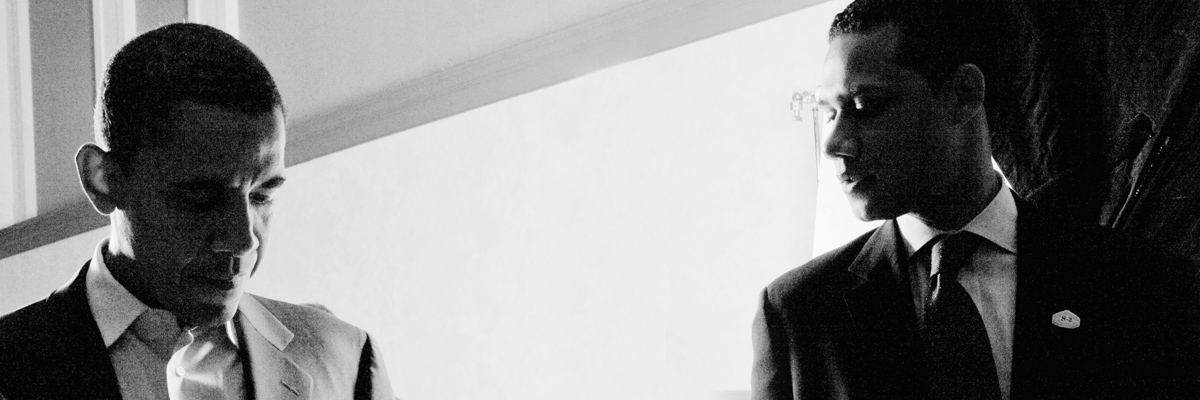As a billion-dollar franchise and one of the most recognisable entertainment brands in the world, the chief legal officer of The Pokémon Company International may be one of the more coveted in-house roles on the market. For the past 11 years, Don McGowan has occupied that position and has taken the brand through a plethora of groundbreaking international deals across a broad range of industries. From spearheading the legal negotiations surrounding the launch of the hugely successful Pokémon GO mobile gaming app to playing an integral part in the licensing agreements of the upcoming live-action Pokémon film, McGowan has enjoyed a diverse portfolio not always typical of the general counsel.
But these feats are only the beginning for McGowan, who, unlike most GCs, can add ‘Hollywood movie producer’ to his already impressive résumé. Between juggling his legal duties as GC for The Pokémon Company International, he is also a producer for the highly anticipated Pokémon: Detective Pikachu movie set be released in May. A modern-day renaissance man, McGowan is redefining the traditional role of GCs, showing legal expertise can be just as useful in an office as on a Hollywood movie set.
Despite it all, McGowan still manages to find time to advocate for children’s rights as a board member for the National Center for Missing & Exploited Children and teach entertainment law at the University of Washington. Heading into an eventful 2019, McGowan is showing little sign of slowing down.
I Choose You
Before moving to the bright lights of Hollywood and becoming a gaming and entertainment law luminary, McGowan began his legal career as a litigator in Quebéc, Canada. In his journey toward the multi-dimensional position he now enjoys, McGowan admits he stumbled upon more than a few lucky breaks.
‘To a certain degree my career path has been like Forrest Gump,’ McGowan admits. ‘I’ve sort of fallen repeatedly into opportunities – and you know, I’m not so blind to the idea to say the harder I work the better luck I have, but certainly there has been a fair amount of luck.’
McGowan’s career trajectory has included a few once-in-a-lifetime opportunities. This good fortune paired with a strong work ethic has been fundamental to his sustained success.
‘You pick up the skills that life requires you to have,’ he says. ‘I got to Pokémon in August 2008. Prior to that I was the lead lawyer for Xbox games, but at the time we called it Microsoft Game Studios. So, I have worked in the gaming industry and the media industry for about 15 years. Prior to that I actually worked in security and cryptography at Microsoft.’
While at Microsoft Game Studios, McGowan worked on a range of video games, handling everything from franchising to advertising to compliance issues. He also negotiated one of the first video game-based movie deals for Halo, Xbox’s flagship gaming title. While that project didn’t eventually come to fruition, the experience put him at the forefront of gaming and entertainment law, so when McGowan heard of an opening on the in-house team at The Pokémon Company International, he knew his work experience would make him the perfect fit.
Gotta Catch ‘em All
The Pokémon portfolio covers games, movies, television shows, trading cards and a staggering amount of other merchandise across a multitude of mediums. In recent times, the most well-known Pokémon export has been the runaway success of Pokémon GO – a mobile game. Employing location-based augmented reality, the app allows users to capture, battle and train Pokémon in real-world locations, in conjunction with other real-life players. To date, Pokémon GO has been downloaded over 650 million times and has established itself as a global cultural phenomenon. The success the app would become took the world by surprise, including McGowan.
‘I promise you no one gets up in the morning thinking today is the day we launch a cultural phenomenon. You don’t get up in the morning to say: “Today the world changes”.’
McGowan might be accused of hyperbole, but it’s easy to make the case that he’s being realistic: users spent $75m on the app via the Google Play store in December 2018 alone, and a staggering $262m across the year. As of the start of 2019, the app had brought in a total of $2.2bn of revenue since launching in 2016.
McGowan was instrumental in coordinating the deal between The Pokémon Company International and Pokémon GO’s development company, Niantic. Niantic was a start-up spin-off of Google, and comprised of a team of people who played key roles in the development of Google Earth and Google Maps. Transforming this technology into a safe, fun gaming experience looked like a gigantic legal risk at the time.
‘I had people coming up to me saying, “I cannot believe you are going to do a game like this – good luck, man!” Not exactly the vote of confidence you’d hope for,’ says McGowan.
‘I don’t think it is a question of being risk averse, I think it is a question of being attuned to the risks, being cognitive of them, developing your product with them in mind and figuring out the way to address them. And I think that is something that any good legal department does.’
Putting Pikachu First
For as ambitious as the project was, Pokémon GO’s life to date has been a surprisingly smooth one.
‘We launched a worldwide geolocation game with no regulatory issues,’ he says flatly.
A large part of the regulatory success of Pokémon Go can be credited towards McGowan’s focus on brand preservation. This meant ensuring issues of data privacy and child protection were at the top of the list of potential legal concerns. Pokémon has existed for over 20 years and has developed a reputation as a globally trusted children’s brand, so this was a North Star of sorts when navigating potential legal risks. This approach was founded from the position that parents identify the Pokémon brand with products created with children’s safety in mind.
‘That is a really powerful responsibility for us to have and it is something that permeates the company’s DNA,’ says McGowan.
Most of the work in this area was undertaken by himself, but supported by a small team of eight people at the time.
‘My work in these areas was particularly important, because at that time Niantic had no legal staff and so, functionally, that meant all of the legal work on clearance and all the work on the game was done through me,’ he says.
‘There is a thing I do in every sort of meeting I am having with people to discuss a new idea or a new situation – I run through a list in my mind: what are the kids’ privacy issues, what’s the advertising issue etc, and at the end of it I look at my team and I say okay – last question: what have I forgotten to think about?’
The practicalities of the app are such that the cost of getting it wrong is high. The game encourages its users – many of whom are children – to roam their neighbourhoods and cities looking for Pokémon to catch. The fact that the app’s bread and butter are the location tracking adds another complexity to the ethical considerations that must be taken into account.
‘We are obviously looked to as people who have sort of leading expertise on privacy and children’s issues and we are happy to help, and we are happy to share,’ says McGowan.
Expanding from a legal team of eight to a legal team of 19 over the past three years, McGowan acknowledges that Pokémon GO has given The Pokémon Company International the opportunity to grow. With the 2019 release of the live action motion picture, further expansion brings its own host of legal hurdles.
Time to Evolve
It was a cold evening in January when filming began for the Detective Pikachu movie. McGowan was on set and watched as Ryan Reynolds came in to voice Pikachu. He says he knew from that moment on this movie could become a really big hit.
‘That was the moment that everything became real. This is actually happening, we’re making a movie! I never thought it would happen in a million years,’ he says.
‘But sitting there, as Ryan Reynolds – who didn’t even need to be there because he was doing a voiceover part which is shot from the booth – came in, in the middle of the global promotional tour for Deadpool 2, to shoot the scenes. That’s when everything we’d all worked for really crystallised and became real.’
It was through the relationships McGowan built within Legendary Entertainment and Pokémon International, that he was able to secure the once-in-a-lifetime opportunity to work as both in-house counsel and movie producer on the same project.
As a producer, McGowan was involved in everything from advising on casting, directing and script and, while cautious to maintain a separation of ‘church and state’, McGowan was able find the perfect blend between the two skills.
From a legal standpoint, McGowan and his team did almost everything from papering up the agreement to negotiating and ironing out details of the deal between American-owned Legendary Entertainment and his Japanese parent The Pokémon Company, with movie distribution rights going to Warner Bros. McGowan had the task of bringing companies operating in two different jurisdictions – with two different cultures – together.
‘A lot of what I describe in that movie project is, you know, you have two parallel lines and every now and then somebody has to pull them together and make them meet.’ In a lot of ways, McGowan says that was his legal team’s job. Along with putting together the paperwork, McGowan’s team had to also solve adaptation issues that arose from turning a video game into a movie.
‘Detective Pikachu launched as a video game, so we had the pre-existing video game we were working with and there were all the adaptation issues that go into that as well,’ he says.
‘There were a couple of things in the first trailer, where people quite rightly pointed out that music was a rework of something from the video game or a rework from the TV show. We have to make sure the rights were cleared on all of that stuff. There is the IP protection issue, there is the marketing campaign stuff and all sorts of things. There is stuff that you will never even think of. I rely heavily on the teams at Legendary and Warner.’
The day-to-day work of putting a movie deal together is very standard. McGowan describes it as ‘usual lawyer work, it’s the same work day-in-day-out, it’s the stuff that a lawyer does, just transferred onto something that’s got a little bigger canvas.’
His team is currently handling everything from marketing campaigns to the last-minute tasks required in the context of releasing a movie.
Back to Victory Road
After rubbing shoulders with Hollywood’s elite on the red carpet for the release of the much-anticipated Detective Pikachu movie, it will be back to business as usual. Aside from the major projects, there is a surplus of daily issues that McGowan and his team work on to keep the Pokémon franchise running.
One of the major legal issues is the vast number of knock-off products that look to capitalise upon the Pikachu brand – in particular, the swathes of online retailers selling counterfeit Pokémon products.
There is also the TV show, which runs in 196 countries, although most of those licence agreements are handled through the Japan office. Still, McGowan’s team deals with shows that air in the US and EMEA. Add to that the manufacturing deals for trading cards, product testing and safety, as well as the management of the direct-to-retail business, called Pokémon Centre, which is based in the United States – and it’s not hard to see why McGowan says he never sleeps.
‘We have so many things going on, this company has so many activities: to the video game guys – we are a video game company, to the toy people – we are a toy company, to the movie people – we are a movie company, there are not a lot of other companies that can say that. But for us here in legal, we’re all of that. And some more!’

